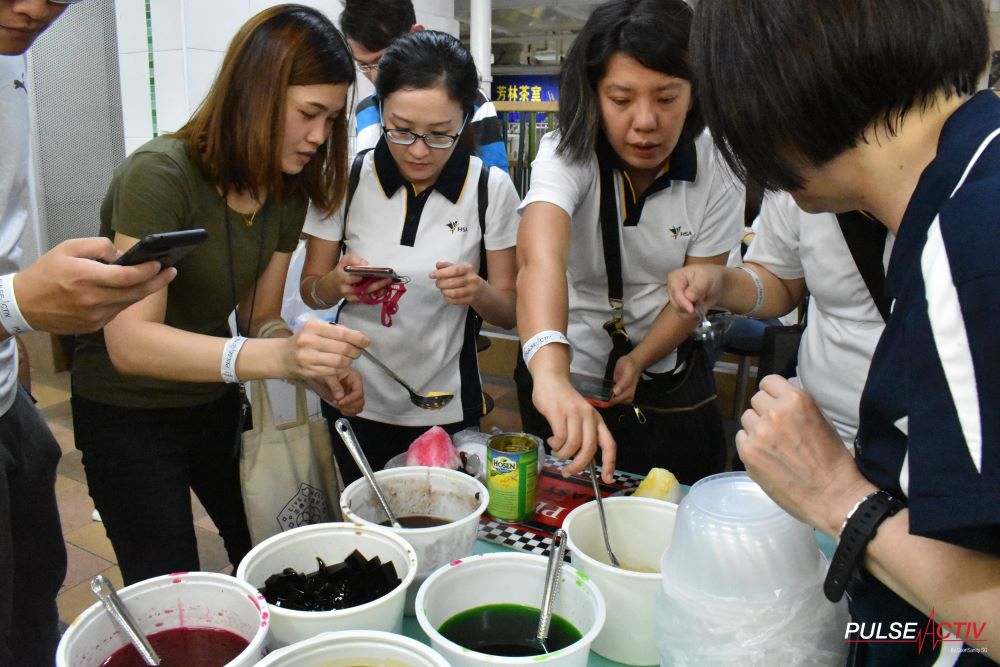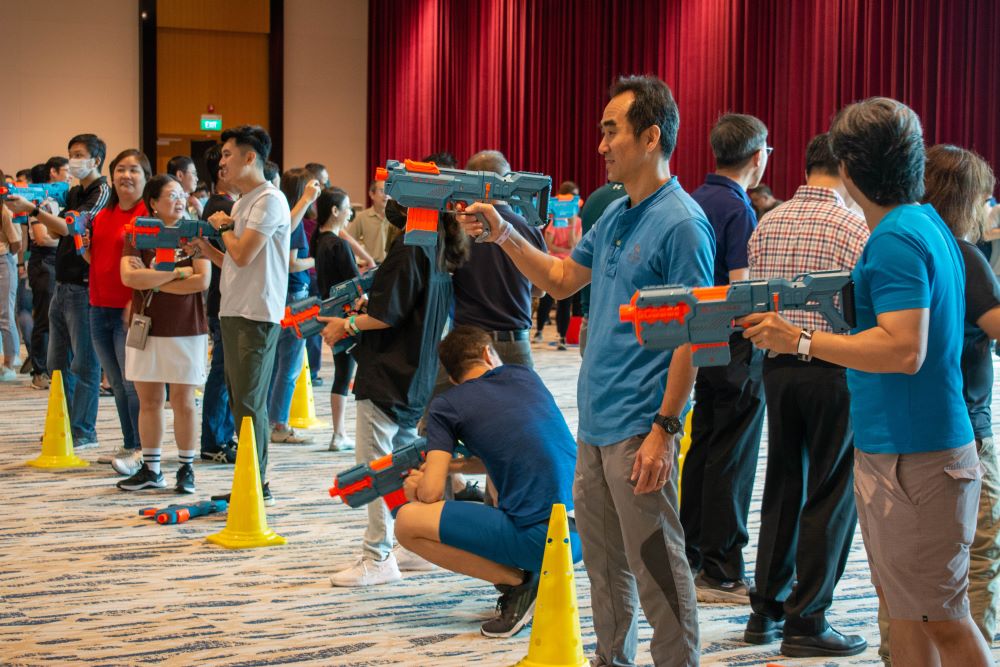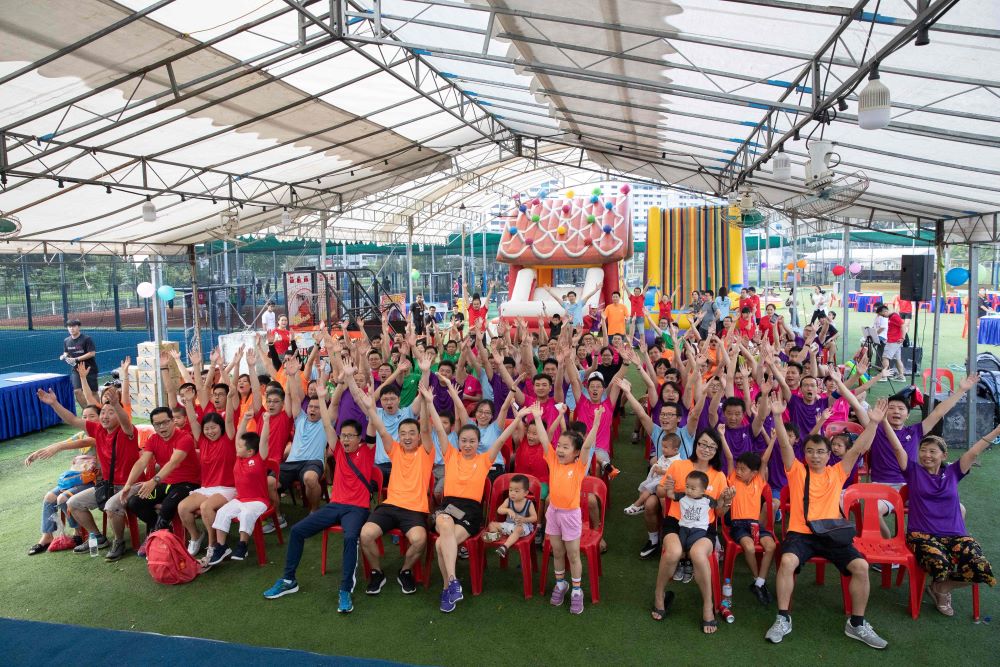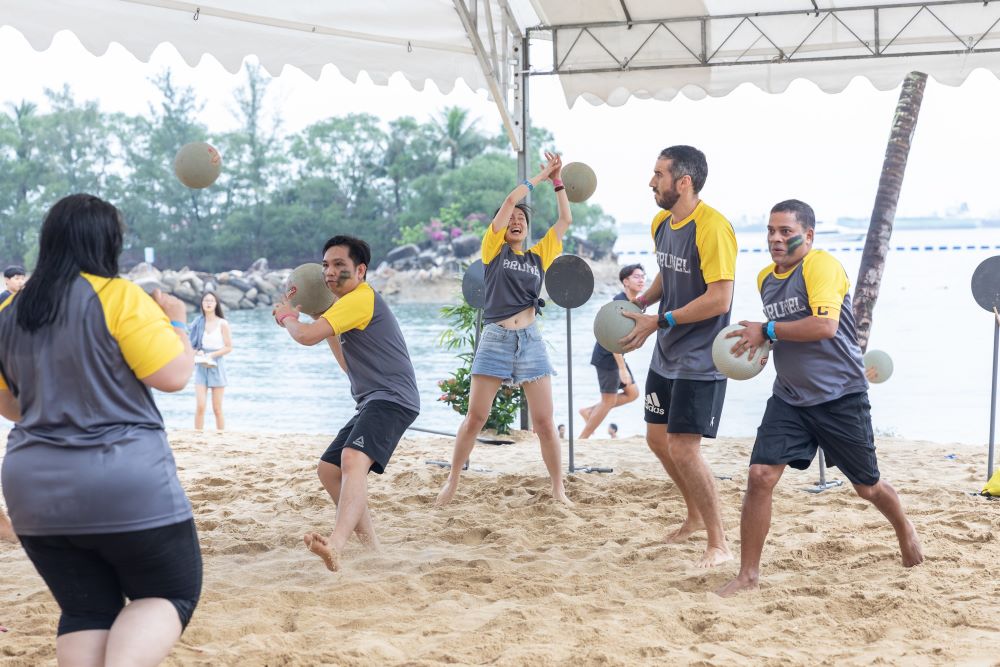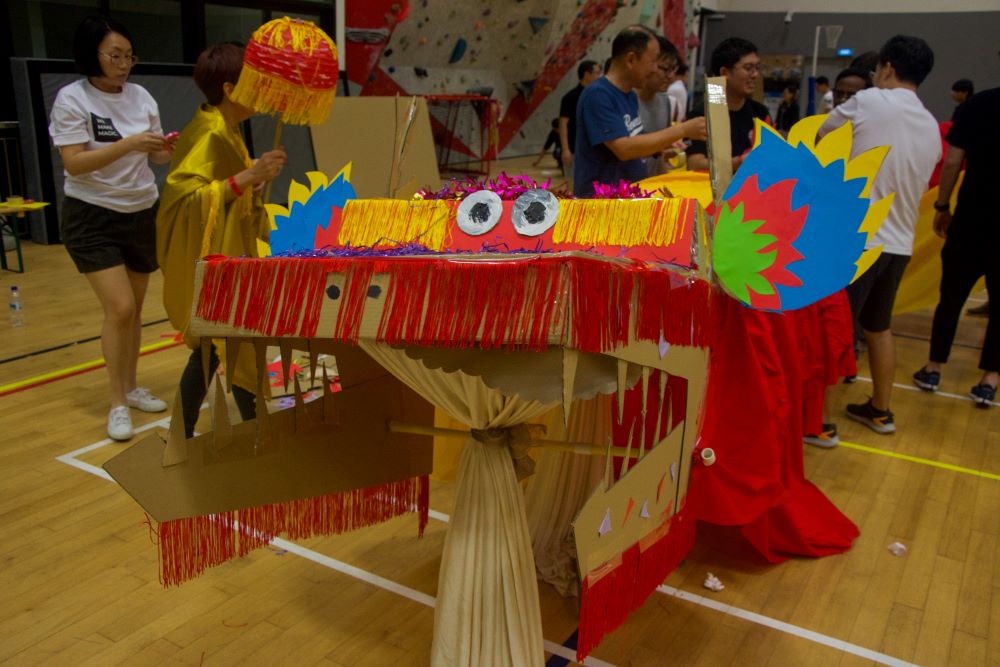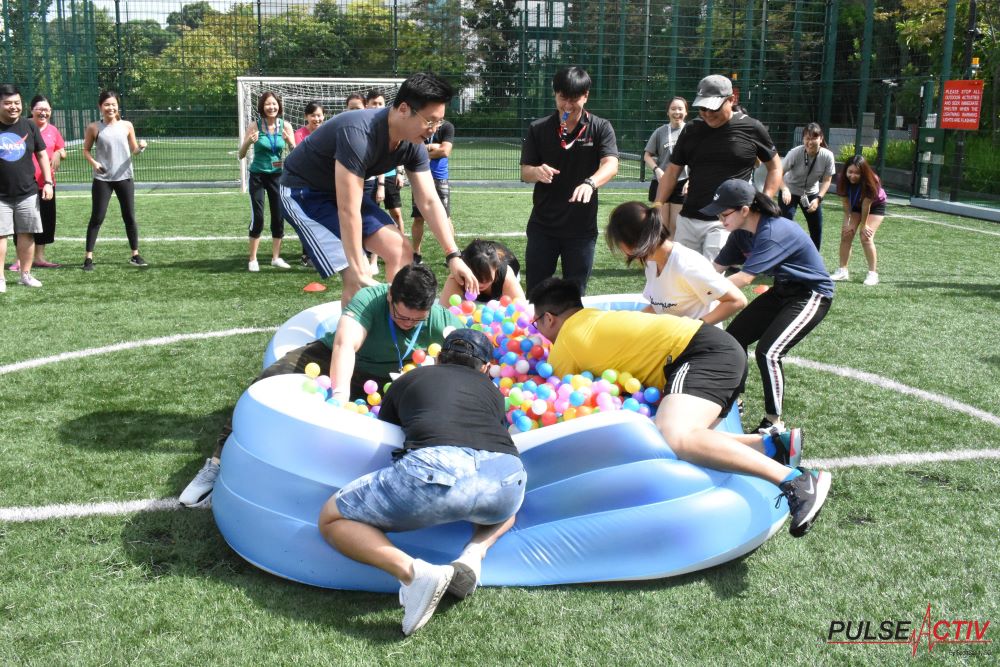Bring Superhero Spirit: Unforgettable Superhero-Themed Dinner and Dance Party
When it comes to planning a memorable dinner and dance event, why not harness the dynamic energy of superheroes? A superhero-themed party adds an extra layer of excitement and creativity to any gathering. Here’s how you can craft a super-charged evening that will have your guests talking for weeks.
1. Invites That Pack a Punch
Start the excitement before the event with superhero-themed invitations. Create designs that mimic comic book covers or superhero gadgets. Consider sending out invitations in the form of “Superhero Mission Briefs” to set the tone. Include details such as dress code, theme, and any pre-event activities or dress-up contests.
2. Heroic Decor
Transform your venue into a superhero’s lair with themed decorations. Use bold colors like red, blue, and yellow to match classic superhero palettes. Hang banners, create life-sized cutouts of popular heroes, and set up photo booths with props like capes, masks, and superhero gadgets. Don’t forget to incorporate comic book elements with speech bubbles and action words like “Bam!” and “Pow!”
3. Themed Dinner Delights
Make your menu as super as the theme. Craft a menu with superhero-inspired dishes. Think “Hulk Smash Burgers,” “Wonder Woman’s Lasso of Truth Tacos,” or “Iron Man’s Arc Reactor Risotto.” You can also have fun with the names of drinks and desserts. For example, serve “Thor’s Thunder Punch” or “Captain America’s Shield Sundae.” If possible, include themed presentation to make the food look as impressive as the names.
4. Superhero Entertainment
Plan entertainment that keeps the superhero vibe alive. A superhero trivia game can be a hit, where guests test their knowledge of comic books and movies. Alternatively, consider hiring a performer or entertainer who can dress up as a superhero and interact with guests, or set up a superhero movie marathon. Interactive activities, like a superhero-themed dance-off or talent show, can also keep the energy high.
5. Dance Like a Hero
Create a playlist of high-energy tracks that make everyone feel like a superhero. Include iconic superhero movie soundtracks and popular dance hits. You could also organize a dance competition or offer a dance lesson with choreographed moves inspired by superhero action scenes.
6. Heroic Photo Ops
Set up a photo booth with superhero costumes and props so guests can snap pictures in their favorite hero outfits. Create a backdrop featuring a city skyline or superhero headquarters to make the photos memorable. You might also consider a red carpet entrance to give everyone a chance to feel like a star.
7. Super Swag Bags
Send guests home with superhero-themed party favors. Options could include items like custom capes, masks, comic books, or themed keychains. You could also give out small tokens like action figures or superhero-themed snacks to keep the excitement going long after the event.
8. Fun Competitions
Add an extra layer of fun with competitions. Organize a costume contest where guests can showcase their best superhero attire. Offer prizes for the best-dressed hero, the most creative costume, or the best superhero duo. Another option is to create a superhero obstacle course or scavenger hunt for guests to complete during the event.
9. Captivating Finale
End the night with a bang. Consider a dramatic superhero-themed finale, such as a special performance or an engaging storytelling session. If your event includes a charity component, such as a fundraiser for a cause, you could tie the finale into a call to action, encouraging guests to contribute as part of their heroic efforts.
10. Safety First
While fun is the primary goal, ensure safety measures are in place. Ensure the venue has clear pathways and adequate space to prevent accidents. For indoor events, check that the space is well-ventilated and that any decorations are securely fastened.
Hosting a superhero-themed dinner and dance party can transform an ordinary evening into an extraordinary adventure. By integrating these elements, you’ll create an event that’s both exciting and memorable, leaving your guests feeling like they’ve just stepped out of their favorite comic book.
To head back to read another article in our blog, click here.


